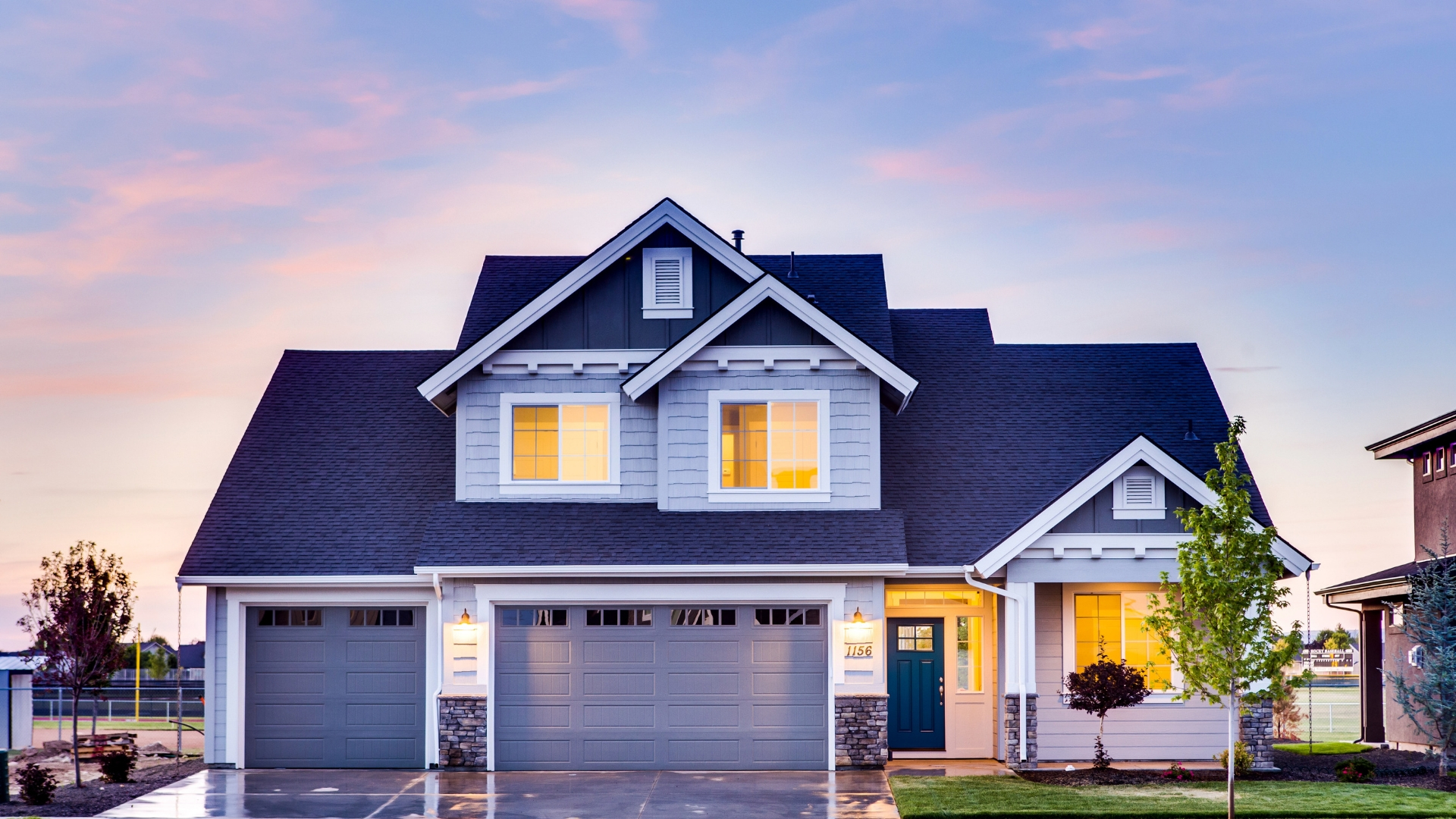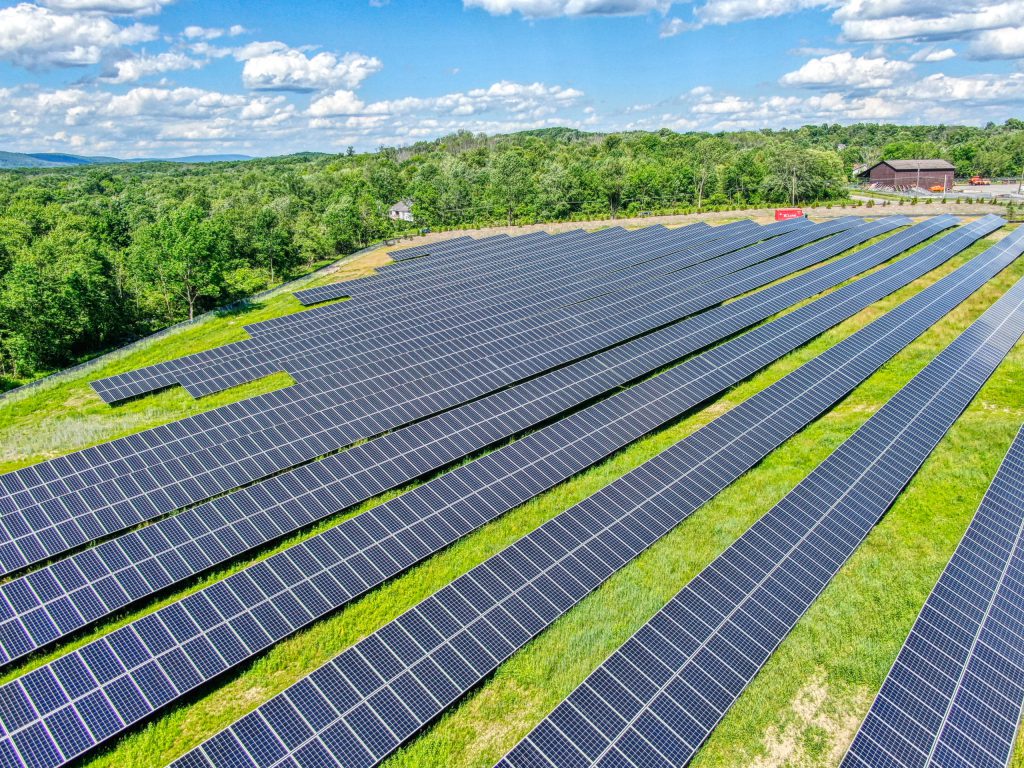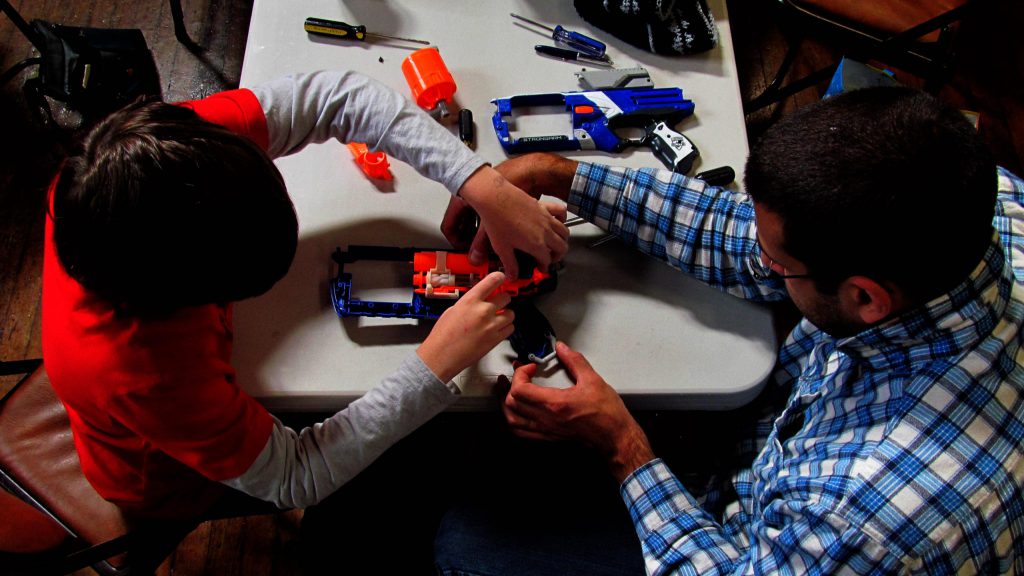We break down an Orange & Rockland electric bill line by line and let you know where you can save.
What do you imagine when you think of making your home more energy-efficient? A lot of people’s minds go straight to the big moves: replacing their major appliances, re-insulating all their walls, or altering their lifestyle to use less energy. Well, in truth: each of those things will go a long way toward your efficiency and save you quite a lot of money down the road. If you’re ready to take them on, you have our respect and our blessing!
But there are easier steps you can take–steps that pay for themselves within the year or that are cheaper from the get-go. These simple steps will save you money and preserve the environment by cutting down on our society’s total energy use. In some cases, they’ll also save you time!
Table of Contents
1. Procrastinate On Laundry and Dishes
What could be more exciting than getting permission to procrastinate on these time-consuming daily tasks? Well, it’s happening: we’re giving you permission, because it can actually make you more efficient.
Your washer uses as much energy as your fridge. Your dryer uses even more. Your dishwasher uses less, but still about 1/3 as much as your washer. That all adds up. Waiting until you’ve got a full load of laundry or dishes means you can use these appliances less frequently and make the most of your water. Just don’t wait too long…
Pro tip: most of the energy your laundry machine and dishwasher use is spent heating up water. Using cold water for your laundry can easily save you over $200 a year on energy. And for you truly dedicated folks: hand washing your dishes without hot water and air drying your clothing will slash your bill even further.

2. Lead the Way With LED
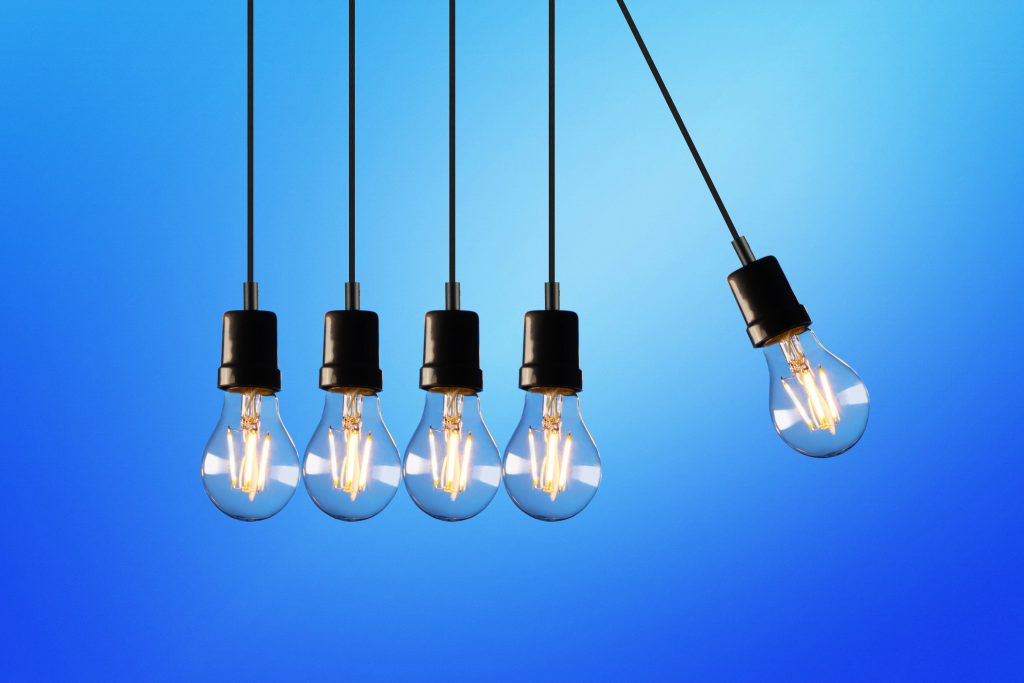
LED light bulbs are dramatically more efficient than traditional incandescent light bulbs, using 75%-90% less energy to light your home. That’s a staggering drop–one that can save the typical home about $25 a year on electricity costs. And LED bulbs don’t just last one year. They typically last for about 25,000 hours–or 23 years, if you leave the light on for 3 hours a day, 365 days a year. LED bulbs cost a little more up front, but you can get one for less than $10. Setting aside LED lights’ greater daily efficiency, the typical LED bulb beats out incandescent bulbs purely based on cost per year of life ($1 for incandescents compared to about $0.33 for LEDs).
Some people worry that LED bulbs will give off an industrial type of light. Have no fear! Manufacturers have created all sorts of options, from soft white to warm white to bright white, to make your home feel nice and cozy.
3. Give Up the Ghost of “Phantom Electricity”
Few people think to unplug their devices, but it’s a simple step that can save the typical household $25 a year. Why? Because even when you aren’t using them, and even if they’re turned off, many electrical devices still suck up electricity as long as they’re plugged in. In the industry, we call this “phantom load” or “vampire power.” Now those are some ominous names–and for good reason.
Most authoritative sources estimate phantom power accounts for about 10% of your home energy use. Common culprits include TVs, chargers, and coffeemakers. To bring that number down, turn off your devices and unplug them when you’re done. To make unplugging simpler, try plugging many of them into a single power strip that can be turned on or off with a single switch.
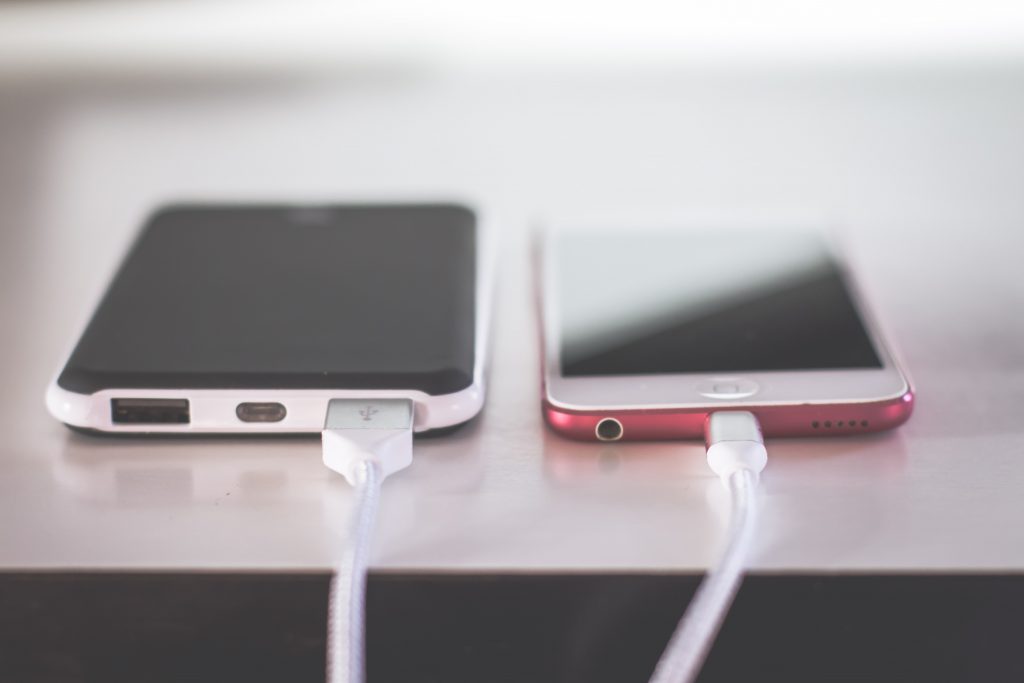
4. Get Smart With Your Thermostat
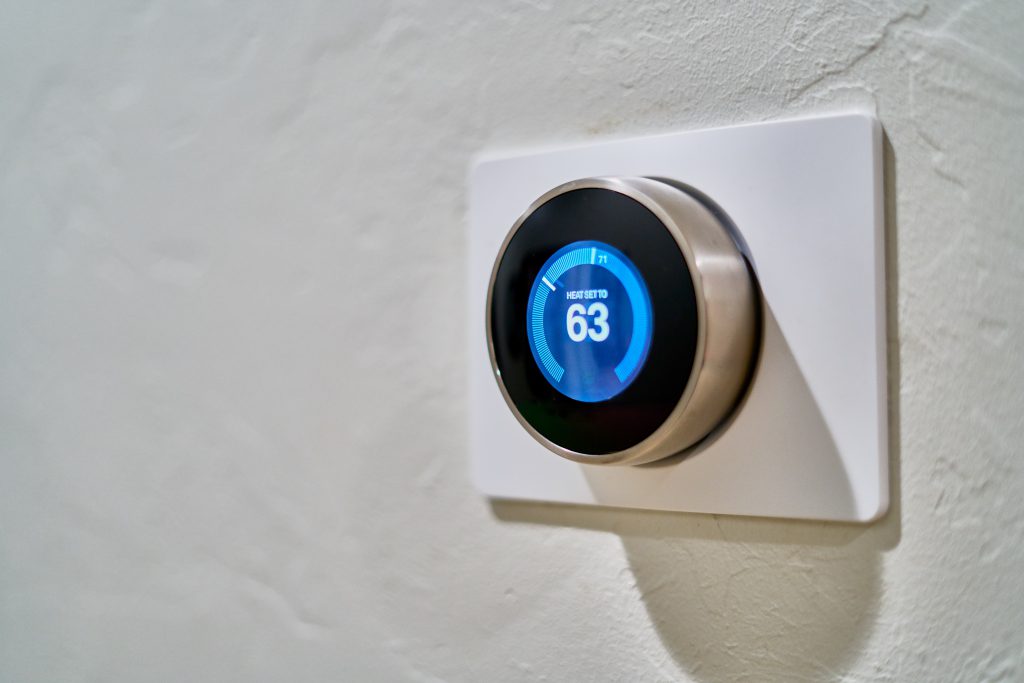
Many thermostats are programmable–and if yours isn’t right now, you can get a programmable one cheaply and easily. You can set your thermostat to warm or cool your house (depending on the season) during particular times of the day so that you don’t waste energy when people aren’t home. Just make sure to follow best practices–-letting your home get too hot or cold while people are away can actually increase the amount of energy used just to get it back to comfortable levels.
If you don’t want to snag a programmable thermostat, you can still cut your energy use by manually turning down your heating or cooling system when you leave the house and adjusting it when you get back.
If you can afford a smart thermostat like a Nest, you’ll be able to turn your home energy system into a well-oiled machine. Smart thermostats learn your tendencies and figure out when they should work hardest to heat or cool your house. They can even pick up on whether someone is home at a given time. Many smart thermostats also let you control your energy from your phone or computer, so if your schedule changes, you can adjust on the fly.
5. Time For a Change? Try Time of Use Rates
Most utilities offer their customers the option to take advantage of time of use rates, which allow customers to pay less for electricity during “off-peak” hours, when people are demanding less energy from the utility. On the flip side, they pay more during peak hours, when the most people are using energy.
This option isn’t for everyone. Committing to it might involve changing your routine. But if you’re a real night owl, if you get home late from work, or if you spend your evenings out of the house, you can probably run your energy-intensive appliances during off-peak hours and save a good deal of money!
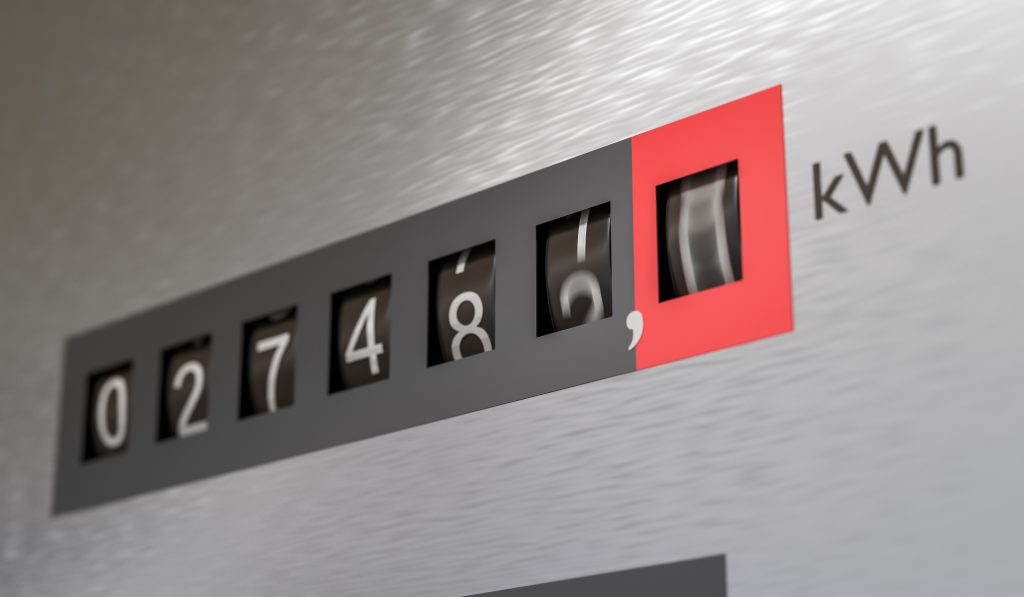
Were these tips helpful? We’ve got more!
10 Tips For Energy Savings
Download It Here
